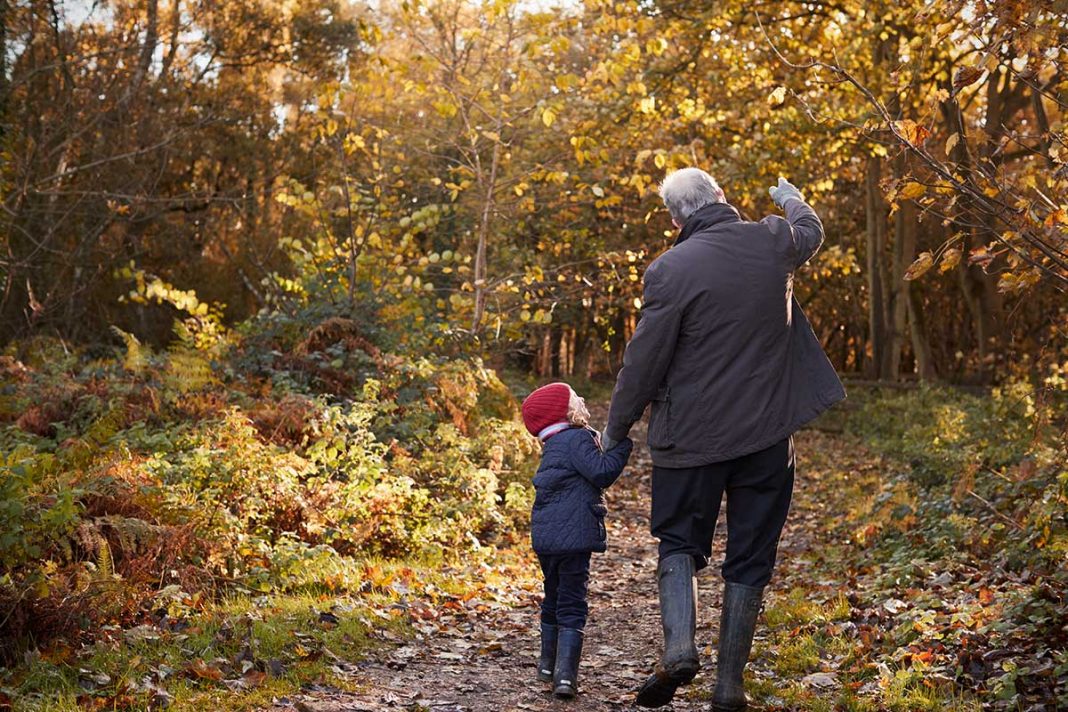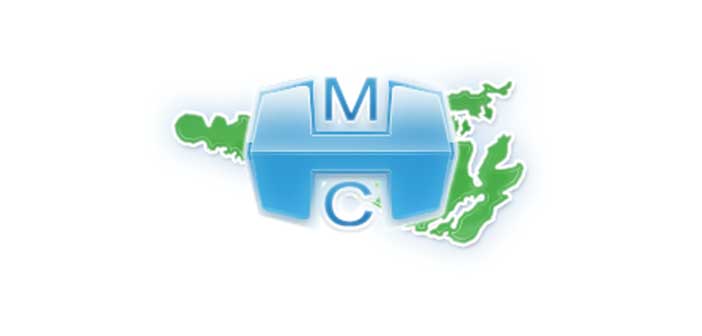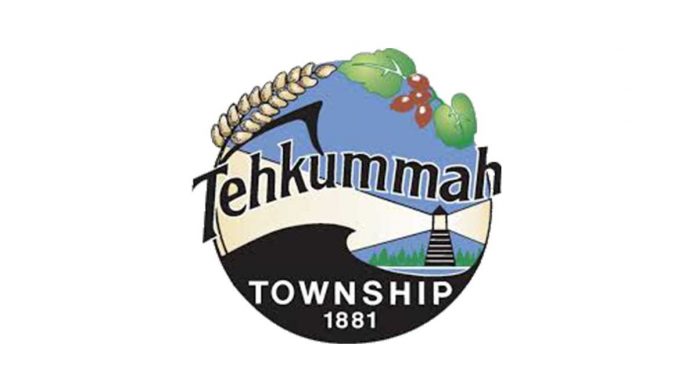MANITOULIN – The results of climate change will fall largely on the shoulders of today’s youth. A 2018 review paper found that children exhibited high levels of concern over climate change and that the effects of climate change, such as extreme weather events, increase risks of PTSD, depression, anxiety and other mental health disorders. It can be challenging for parents and educators to help them navigate.
It begins with a conversation, suggests Yana Bauer, a teacher at Manitoulin Secondary School (MSS) and member of MSS S.H.A.R.E./Go Green committee who is also a parent of four children. “We aren’t necessarily teaching our children about climate change but they hear it somewhere,” she says. “It comes out of the media and through their education so we need to be having these conversations with them. For kids, it’s empowering to have conversations where they feel they’re not just being silly but that people are listening and what they have to say is beneficial.”
“What we pay attention to as adults reinforces their direction, their actions and their values,” she continued, “because when kids hear grandparents, parents and other family members talking about it, they understand it’s valued in a bigger domain. They’re going to be taking what they’ve learned, how they’ve been raised, and going out into the world. They will carry the values that were bred here and maybe they’re going to help change the world.”
Sue Meert, assistant project co-ordinator/tourism and educational co-ordinator with Manitoulin Streams, agrees. “Most kids love being talked to, not talked down to. They need to feel respected, that their opinion is respected and that we need them in the future.”
It’s also important to maintain a positive message, she says. “There’s too much doom and gloom associated with climate change. We start by reminding them that this is their Island, this is their future. It gets their attention and leaves them open to listening. We talk about what can we do, what we are doing on our part to limit the effects. Kids have a different energy and outlook. These kids are growing up with the idea that something needs to be done. This is not something that is happening in 20 years. They’re going to be proactive. It will be normal for them to make intense changes, to do something.”
The organization has developed a climate change educational session that was to have been introduced into schools this spring. Manitoulin Streams’ Maddie Wagar worked with assistance from Ms. Meert and Kristin Koetsier, climate change co-ordinator for Billings and Central Manitoulin, to develop the sessions. They were originally geared for Kindergarten through Grade 8 but have been adapted for high school students as well. “It’s about how we can change or adapt to climate change,” Ms. Wagar explains. “We teach kids what actions they can take at home. For example, riding a bike instead of taking the car, planting trees, reduce, re-use and recycle. There are a lot of simple things we can do.”
Things have come to a temporary halt for the Go Green committee. “The focus has completely shifted to survival mode and self management during the COVID-19 pandemic,” Ms. Bauer says. “Everyone is certainly missing the camaraderie right now. We’re doing something; we all did our own things for Earth Day. We’re living a good, active green lifestyle. But we’re missing having the sense that we’re impacting on the world.”
One of their projects began with a conversation about consumer habits; about how everyone can get involved and how people can vote with their wallets. “Everyone can have an impact,” she continues. “It’s been a struggle trying to find some way to identify products that were developed and manufactured in a way that was eco-friendly and sustainable. The kids tried a bunch of different apps that were supposed to do that, for example to quantify a product’s environmental or carbon footprint for everyday products such as shampoo, makeup, processed food and so on, but they couldn’t find anything that was user friendly.”
“You might think they’re just kids and so don’t matter, but it does matter and as a demographic, teens have huge purchasing power. And they’re using it locally, at the corner store, at Loco Beanz, telling their parents what to stock their pantry with. They want to know that what they’re doing is making a positive difference but they don’t feel they have the tools.”
A big struggle is with their peers. “There’s a sense of apathy and complacency. As educators we’re seeing that. The future is scary and now even more so. Kids have dreams, they have hopes and visions for the future. The thing that stands out is most of the plans don’t include having a family. Why not? They’re concerned about the kind of future they’re going to have.”
She continues, “As a teacher I see it in the classroom, kids just going through the motions. They think, ‘why bother? What’s the point of making harder choices or alternative choices?’ It’s definitely harder to reuse than it is to replace. This is all coloured by the feeling they’re not going to make a difference. There’s a huge apathy. But when kids do participate you can see the rush of feeling they experience when they see the impact they make. As an example, one of our projects was raising money for Manitoulin Family Resources through a collection. They thought, ‘why donate? All I have is one dollar. One dollar isn’t going to make a difference.’ What they learned is that 800 people giving one dollar turns into 50 food baskets for families in their community. That’s a contagious feeling and inspires other kids to join in.”
Children listen and they learn about things and use that information to take action. An example Ms. Bauer offers is when they asked their parents not to buy avocados anymore because the farming practices were killing butterflies. “It was an important issue for them,” she says. “They’ll hear something in class and bring it to the group. We ask, ‘what can we do about this? How can we turn this into action?’ One of their favourite words last year that coloured much of our conversations was ‘epic.’ They wanted to do something epic. They wanted to walk across Manitoulin and so we did our Water Walk, 126 kilometres across the Island. We need to find a way as parents to let the kids run with epic ideas, to clear the obstacles and say, ‘let’s make it happen.’ That’s empowering. The result may be less grand in the end, but that’s just learning. Trying leads to doing. Even if it doesn’t succeed the process itself can be a successful learning experience.”
One of the questions she asks the group is, ‘if money was no obstacle what would you do?’ People often think they don’t have the resources but that’s often not the case, she explains. “You don’t always need money to do something. They figure out the what and the why and as parents we should help to clear the obstacles. There is that idea that there will be an ‘aha’ moment with something epic—it doesn’t get more epic than a global pandemic.”
There’s a positive side of the COVID-19 pandemic, according to Ms. Bauer. “We have the time to take a look at how we’re living and the pace we’re living at. We should be having conversations about how we can change for the post-COVID era. Guilt is not helpful in these conversations. Shame is not helpful. Educators have a responsibility to listen to what their students are saying and to give them correct information. We have to allow kids to explore issues that are real. Kids know that talk is cheap. They want to know what are you going to do about it. They value action, they want to do something. Anything is better than nothing.”





